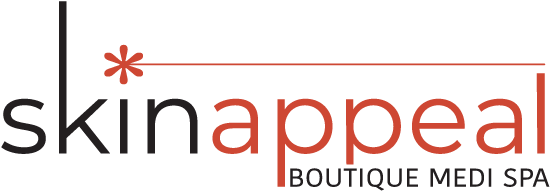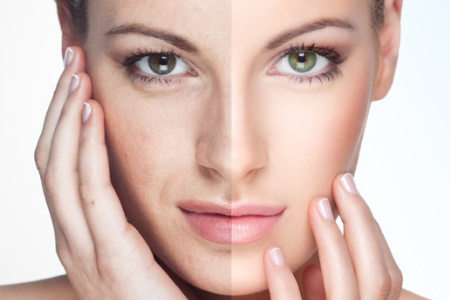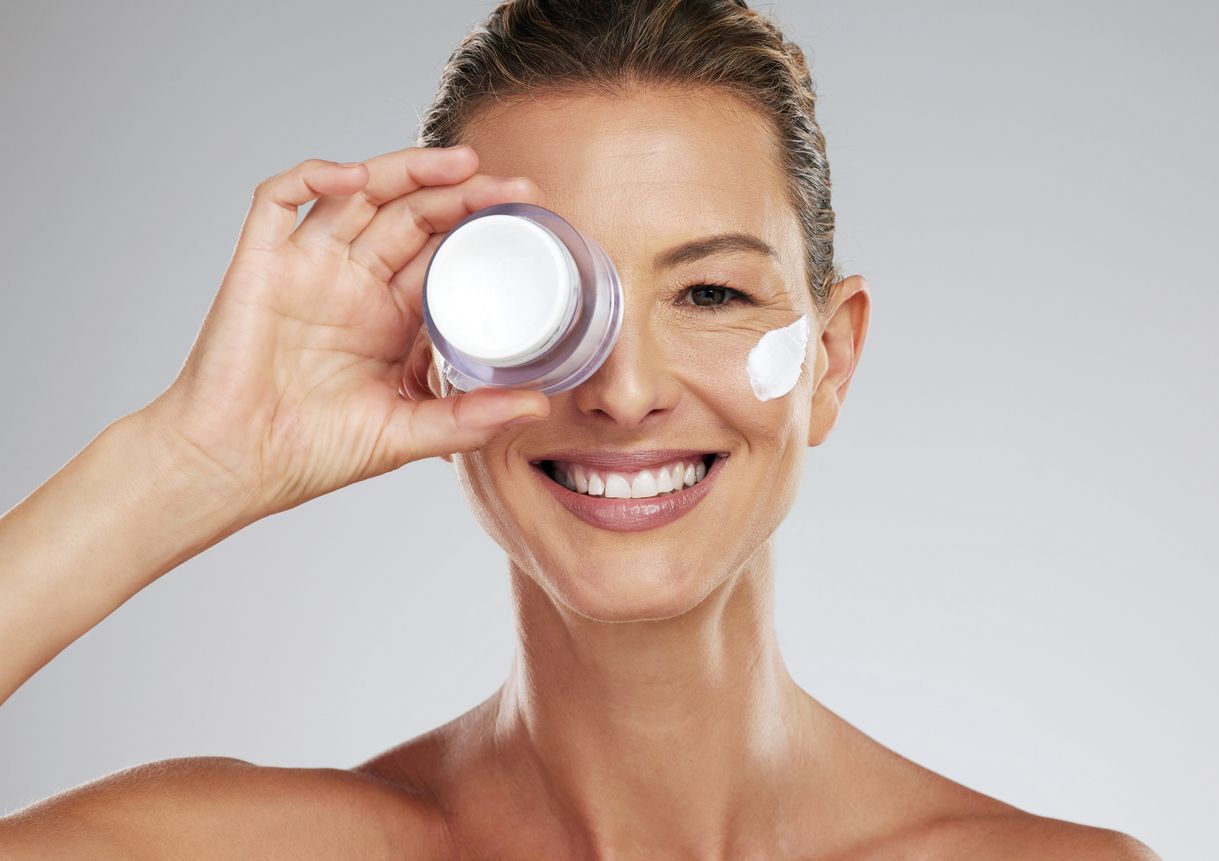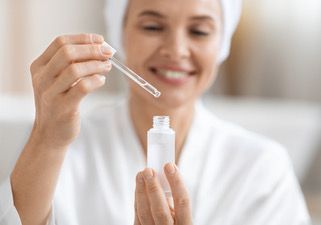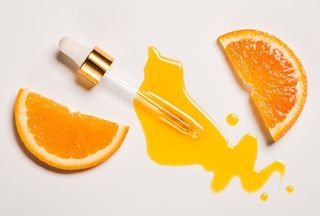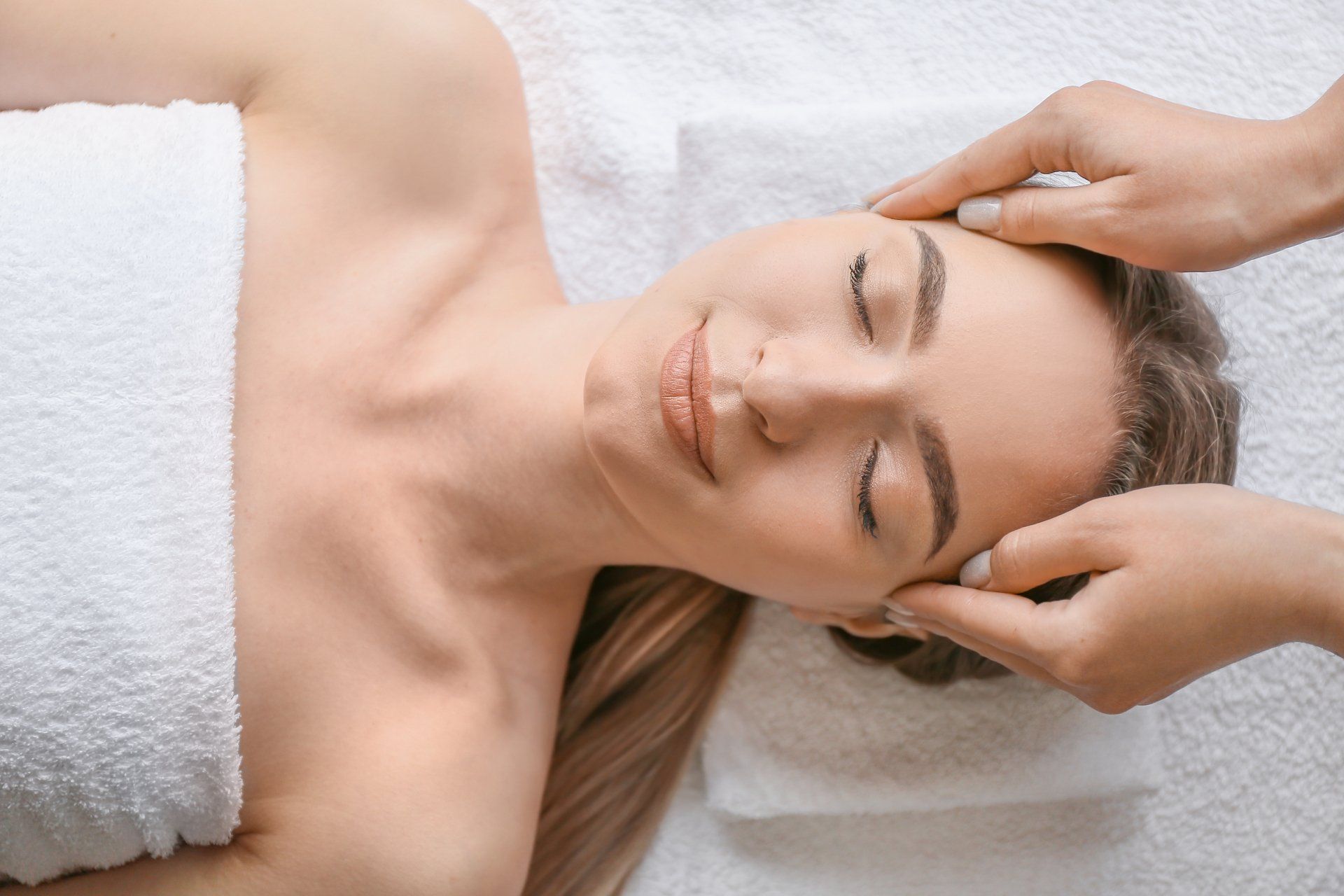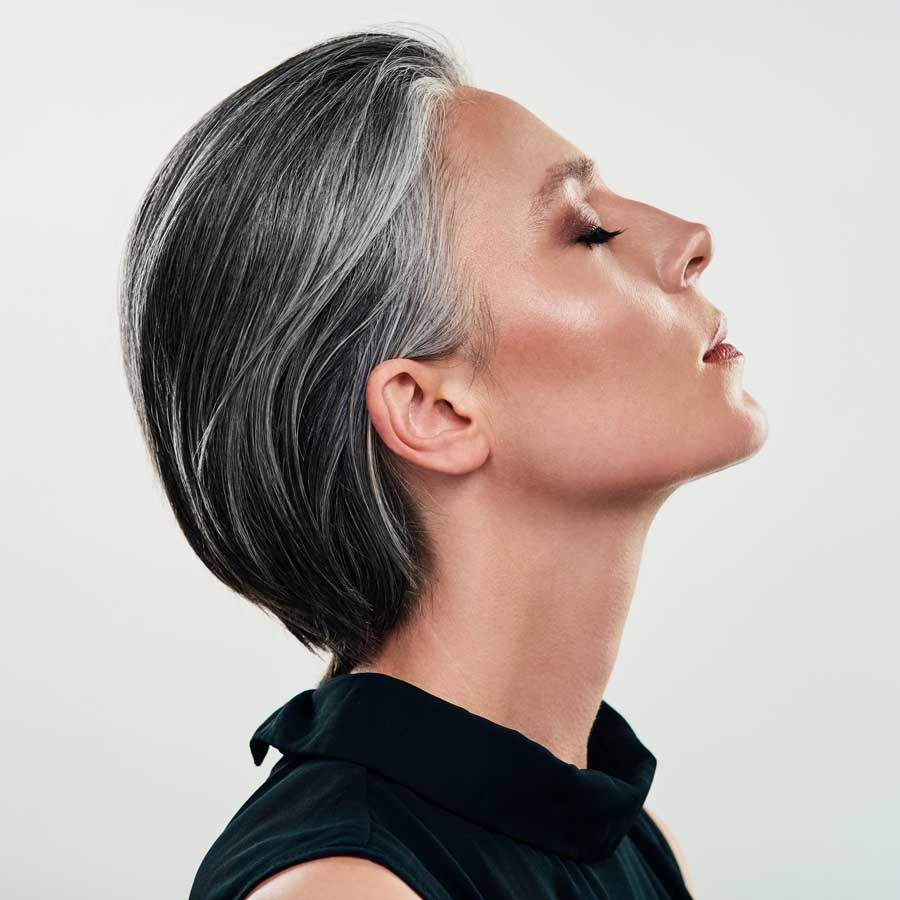Radiofrequency microneedling is a combination procedure, bringing together the radiofrequency waves used in RF skin treatments and microneedling to maximize the final outcome.
Microneedling creates microscopic channels, or holes, within your skin, which stimulates collagen production. In this specific combination procedure, radiofrequency waves are also emitted into the channels, boosting the results even further.
RF therapy uses low energy radiation to heat the deep layer of your skin called the dermis. This heat stimulates the production of collagen to help improve signs of wrinkles and sagging skin. Research has found that RF therapy is safe and can be effective at treating mild or moderate signs of aging,
By stimulating the production of collagen and elastin, nanofractional RF diminishes textural irregularities and other signs of skin damage.
What makes these treatments so popular?
There are a lot of benefits of Radio Frequency skin treatments:
- Their ability to not just change the surface of the skin, but its underlying support structures
- Quick and simple appointments that are usually finished in under an hour
- Minimal recovery time
- Natural-looking and gradual changes in the skin, since collagen and elastin renewal occurs over time
- Treatments can be used almost anywhere on the body to treat sagging skin, acne scars, sun damage and other common skin concerns
Viva & Fractora resurfacing works well in conjunction with other Treatments
Skin resurfacing can work wonders for the health and appearance of your skin. However, it does not correct every skin problem under the sun. While it non-invasively tightens the skin and smooths wrinkles, some wrinkles are caused by muscle hyperactivity and can’t be fixed with this treatment. For these cases, you need to receive neuromodulator treatments, such as Botox or Newtox.
FAQs
How Should I Prepare My Skin Before Treatment?
Before undergoing treatment with nanofractional RF, be diligent about sun protection and optimise your skin care routine. Avoid products with active ingredients such as vitamin A, retinol and AHA for at least 3 days before your procedure.
If you are thinking of having both dermal fillers and radiofrequency treatment, we recommend RF treatment first for collagen stimulation. This may help reduce the amount of dermal filler required subsequently to achieve the same result.
What Can I Expect During Treatment With Nanofractional RF?
A local anaesthetic cream is applied 30 minutes before the procedure. When it has taken effect, your dermal clinician will move the handpiece across the treatment area in a stamping pattern. Most patients feel mild or no discomfort.
How Should I Care for My Skin After Treatment?
Following your treatment providers aftercare instructions is essential to protect your healing skin and maximise your results. Makeup and sunscreen can be applied 24 hours after treatment.
What Are the Side Effects?
The most common side effects associated with nanofractional RF are redness and swelling. These side effects peak within hours. Mild redness or swelling can last for one to four days, depending on the settings used during treatment, and can easily be camouflaged with makeup.
Fine pinpoint scabbing may develop but is generally not visible to others. A transient acne flare can occur. Rare side effects include infection and transient pigmentary changes. We can adjust the treatment intensity to ensure you are ready in time for any upcoming professional or social engagement.
Will I See Results Immediately? Are They Permanent?
The collagen remodelling process is not instantaneous. Since many of the benefits appear after this has taken place, it can take a number of months for the most significant results of your nanofractional RF treatment to show.
Some patients report seeing gradual, ongoing improvement for up to a year. The benefits of this treatment are long-lasting, but nanofractional RF cannot halt the effects of time, sun exposure and gravity. Follow-up sessions may be required to maintain your results.
How Many Treatments Will I Need?
This varies from patient to patient. The number will depend on your treatment objectives, the severity of your skin concerns and the area(s) being treated. We generally recommend three to six treatments scheduled four to six weeks apart. A yearly maintenance treatment is also advisable.
Who Is A Candidate?
This treatment is suitable for all patients who are not pregnant or breastfeeding. Fractora & Viva are cleared and safe to be used on ALL skin types including very light and darker skin tones so is an appropriate treatment choice for most patients.
What Areas On The Body Can Be Treated?
It is effective in treating the following areas: lower eyelid, upper eyelids, forehead, cheeks, neck, décolleté smile lines, and hands.
How Can I Prepare For A Treatment?
Please advise us prior to treatment if you have suffered in the past with cold sores on the skin or lips. This viral infection may be re-activated in these areas. You may be required to take an anti-viral medication such as Valtrex on the day of your treatment and for several days after your treatment.
How Is theTreatment Performed?
Before you begin the treatment, photos may be taken for later comparison, and consent will be reviewed and signed. The Aesthetician will cleanse your skin using chlorhexidine and a topical anesthetic cream will be applied prior to treatment. The radiofrequency energy is passed through a series of micro pins; this heats the skin and causes tiny pinprick holes that the body naturally repairs.
Is the Skin Treatment Painful?
Patients feel a sensation of warmth but no pain during the treatment. Body areas that have thinner skin, such as the jawline or forehead, tend to be more sensitive than others.
How Long Does Treatment Session Take?
Each session lasts 30 minutes to 2 hours.
Can A resurfacing Treatment Be Done The Same Day As A Facial Or Injectables Treatment?
No. Facials, Lasers, Botox, and Dermal Filler treatments cannot be done for 1 week before or 1 week after resurfacing treatments.
Can I Get A Treatment If I Am On Accutane?
No. Accutane must be stopped for 6 months prior to treatment
Can I Continue Using Retinol Prior To resurfacing?
It is recommended to stop any products containing retinol one week prior to treatment and can resume one week after.
When Can I Return To Normal Activities?
Overall, skin resurfacing will not require much downtime. The treated area cannot get wet for 24 hours. We recommend avoiding strenuous activities for the first 24 hours.
How Long After A resurfacing Treatment Can I Wear Makeup?
You can apply makeup after one to two days.
